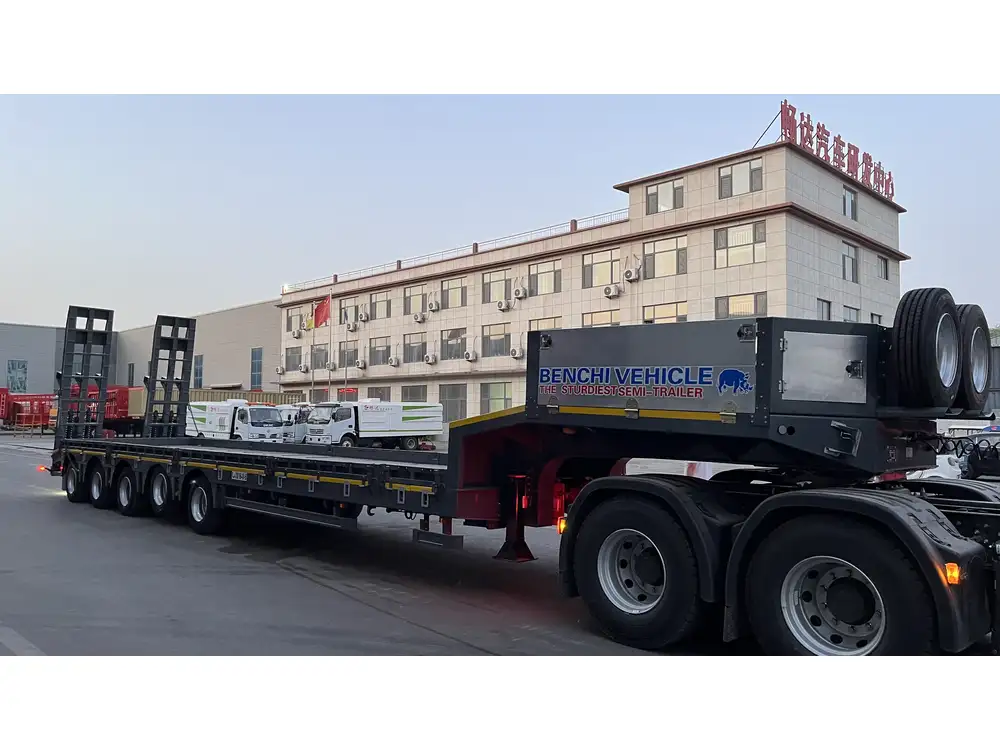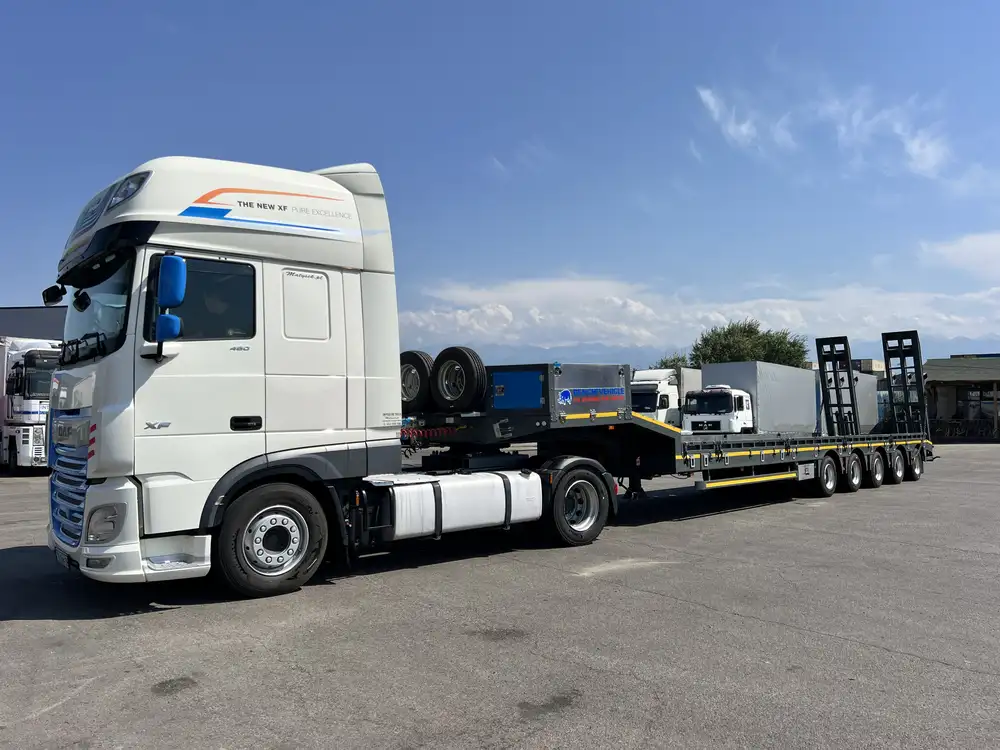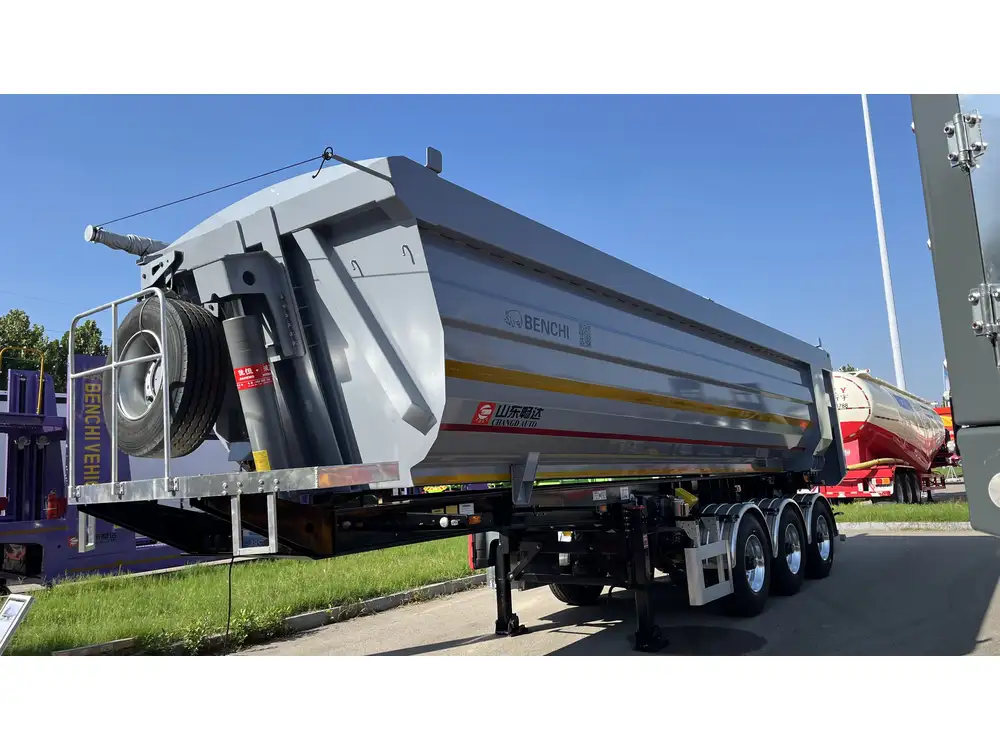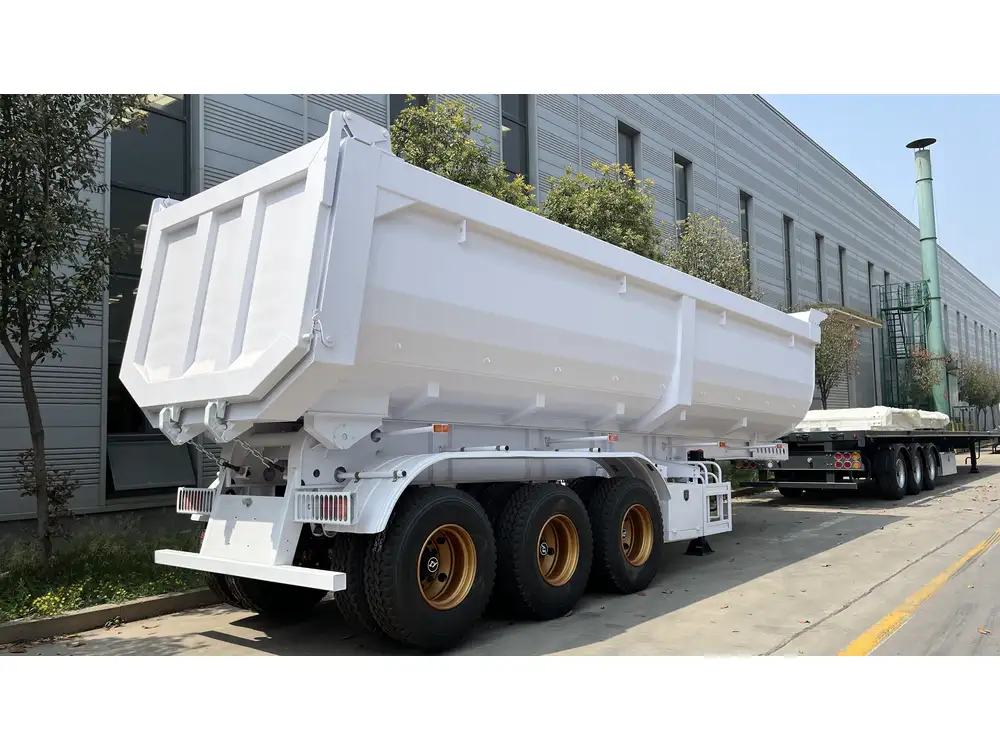Managing and operating a semi-trailer comes with its unique set of challenges, particularly when it involves understanding the mechanics behind parking brakes. The task of releasing the parking brake on an old parked semi-trailer can often turn batty when one is unable to recognize the appropriate procedures or the machinery involved. In this extensive guide, we delve into the nuances of releasing the parking brake effectively, addressing common complications, and ensuring safe maneuvering.
Understanding Parking Brakes: The Mechanics
Before we engage in the specific procedures for releasing a parking brake, it’s essential to develop a foundational understanding of how parking brakes function in semi-trailers. This can be associated with the following mechanics:
- Purpose: The parking brake is designed to secure the trailer in place when parked, preventing unintended movement.
- Types: Mostly pneumatic or hydraulic systems are deployed for parking brakes in older models.
- Components: Key elements include the brake chamber, slack adjuster, and the release lever.
| Component | Function |
|---|---|
| Brake Chamber | Creates pressure to engage the brakes |
| Slack Adjuster | Compensates for wear in brake linings |
| Release Lever | Manually disengages the parking brake |
Step-by-Step Procedure to Release the Parking Brake
Releasing the parking brake on an old parked semi-trailer requires a careful and methodical approach to ensure safety and functionality. Below are the steps we recommend:

Step 1: Verify Equipment Safety
Before attempting to release the parking brake, conduct a safety check on the truck and trailer. Consider these factors:
- Wheel Chocks: Ensure that wheel chocks are placed effectively to prevent any rolling.
- Air Pressure: Check if the air pressure gauge is at an adequate level. Low air pressure can affect the functionality of the brake system.
Step 2: Inspect the Brake System
Conduct a visual inspection of the brake components. Look for:
- Wear and Tear: Examine the brake lines, chambers, and other parts for signs of damage.
- Leaks: Check for air leaks that could compromise the brake’s performance.
Step 3: Engage the Release Lever
Older semi-trailers often have a manual or pneumatic release system.

Manual Release
- Locate the parking brake lever, typically positioned near the driver’s seat or dashboard.
- Firmly pull the lever upward to disengage the brake.
- Listen for a distinct sound indicating that the brakes have released.
Pneumatic Release
- If your trailer operates with an air system, check if the air pressure is sufficient.
- Locate the release valve or knob.
- Push or turn the valve to relieve brake pressure, which should release the brake accordingly.
Step 4: Test the Release
With the brake released, it is critical to conduct a quick efficacy test.
- Gently Roll the Trailer: Once the parking brake is disengaged, perform a slow, cautious roll while monitoring the trailer’s stability.
- Listen for Sounds: Pay attention to any grinding or unusual noises that might indicate issues.

Step 5: Engage the Parking Brake Again
To ensure everything is functioning as it should, re-engage the parking brake and then release it once more. This helps ascertain that the system is responsive.
Troubleshooting Common Problems
You may encounter various issues when attempting to release the parking brake. Here’s how to troubleshoot effectively.
Problem 1: Insufficient Air Pressure
Symptoms: The parking brake does not release even after the lever is pulled.
Solutions:
- Check the air pressure gauge. If it’s below the recommended levels, the system won’t function properly.
- Inspect for air leaks along the brake lines. Repair any identifiable leaks to restore air pressure.

Problem 2: Stuck Parking Brake Lever
Symptoms: The lever feels jammed and won’t pull up normally.
Solutions:
- Look for obstructions around the lever.
- Apply lubrication to the pivot points of the lever, if necessary, to alleviate stiffness.
Problem 3: Brake Chamber Malfunctions
Symptoms: Signs of leaking or damage to the brake chamber.
Solutions:
- A compromised brake chamber often requires replacement.
- Regularly inspecting and maintaining the brake chamber is vital for long-term performance.
Problem 4: Slack Adjuster Issues
Symptoms: The trailer’s brakes do not respond or hold effectively.
Solutions:
- Check the slack adjuster for correct tension.
- If worn out, consider professional adjustment or replacement.

Safety Considerations While Handling Semi-Trailer Brakes
Operational safety is paramount when dealing with trailer brakes. Here are key safety practices:
- Personal Protective Equipment (PPE): Wear gloves and safety glasses to protect yourself during inspection.
- Secure Environment: Always work on a flat, stable surface to mitigate risks of rolling.
- Clear Work Area: Keep the area free of obstacles or clutter to ensure trampling hazards are minimized.
Frequently Asked Questions (FAQs)
How Often Should I Inspect My Parking Brake System?
Regular inspections should be conducted every month, or more frequently if the trailer is in heavy use. Annual professional checks are also recommended to ensure top performance.

Can I Release the Parking Brake if My Air System is Down?
In a scenario where the air system fails, it may still be possible to engage a manual release, though this can vary based on the specific design of the trailer.
What Are the Consequences of Neglecting Parking Brake Maintenance?
Neglecting maintenance can lead to increased wear, reduced stopping power, and, ultimately, structural failures—posing a significant safety hazard.
Is There a Specific Temperature that Affects My Parking Brake Performance?
Extreme cold temperatures may affect the mechanical components of parking brakes, as the materials may shrink or become less responsive. It’s advisable to conduct pre-winter inspections and use anti-freezing sprays if applicable.

Conclusion
Releasing the parking brake on an old parked semi-trailer can seem daunting, but with the right knowledge and procedures, the task becomes manageable and safe. By understanding the mechanics at play, adhering to systematic procedures, troubleshooting common issues, and considering essential safety measures, we empower ourselves to handle semi-trailer brake systems confidently and efficiently.
Regular maintenance and awareness of the equipment’s condition not only extends the life of your trailer but also upholds the highest safety standards on the road. Equip yourself with these insights, and navigate the world of semi-trailer operations with the assurance that you can manage your parking brake with expertise.



